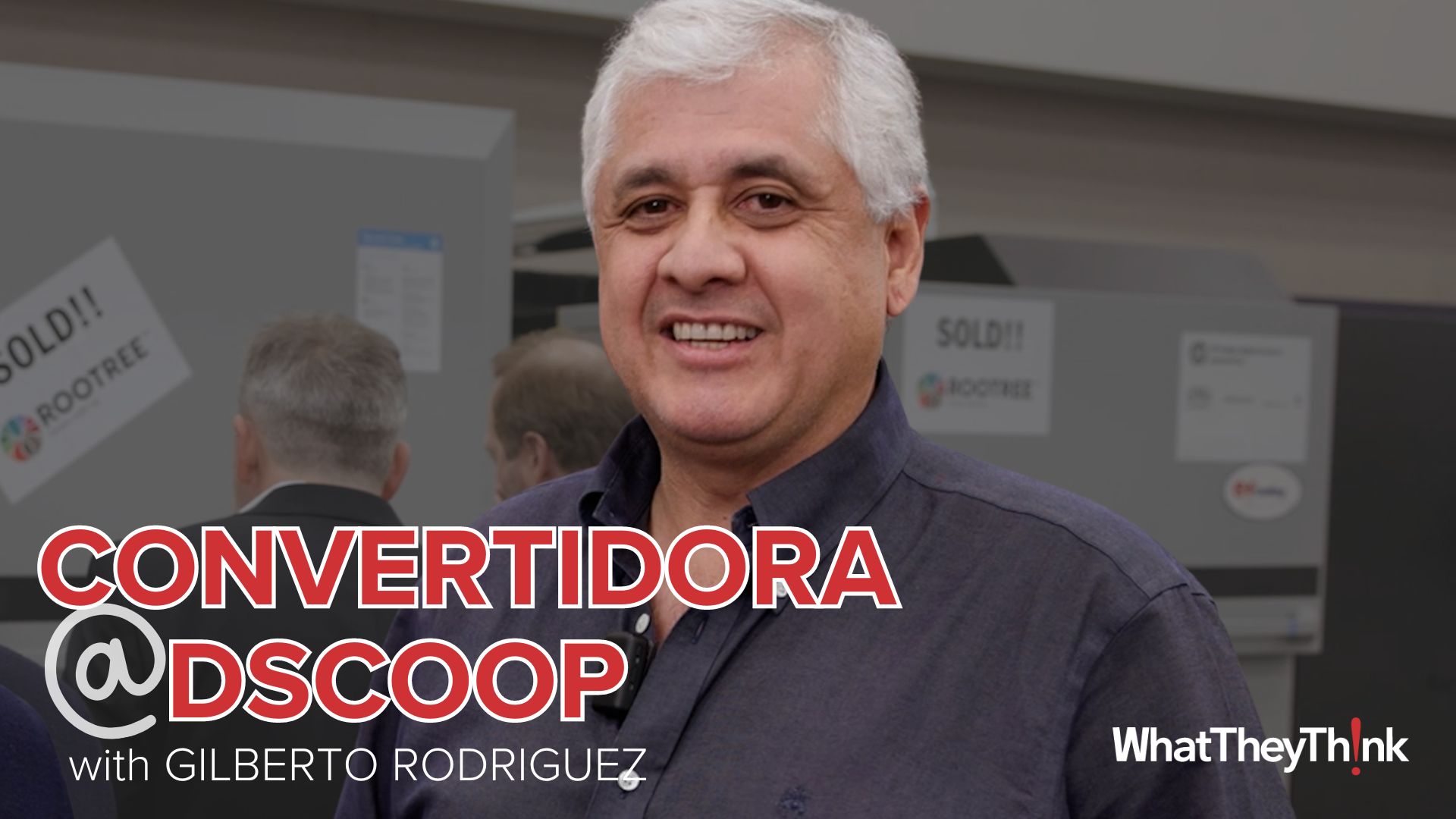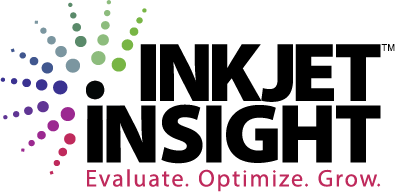David Zwang on Adobe PDF Print Engine 3
Cary Sherburne and David Zwang discuss Adobe PDF Print Engine 3 and the impact on prepress in the industry. They reference an article they co-authored recently on WhatTheyThink.
Video Center

WhatTheyThink is the official show daily media partner of drupa 2024. More info about drupa programs
© 2024 WhatTheyThink. All Rights Reserved.









Discussion
By Mark Lewiecki on Jan 07, 2014
As Product Manager for the PDF Print Engine, I appreciated your article and video on the release of version 3. The need for speed is nearly universal among printers, in every segment, and across every job type. One of the strengths of the PDF Print Engine is that it uses the same core Adobe PDF technology which is used by InDesign, Illustrator, Photoshop and Acrobat. This yields a high degree of reliability in end-to-end Adobe print workflows. But, there are plenty of non-Adobe applications, for example web-based tools, which generate PDF files that may be less than optimal. Printers must handle these jobs, as well as bleeding-edge, corner-case and generally messed-up jobs, everyday. One of the reasons for the success of the PDF Print Engine in the marketplace is that, in addition to efficiently and reliably rendering well-formed PDF, it has the horsepower to handle poorly-formed PDF files, which can slow production to a crawl.
Discussion
Join the discussion Sign In or Become a Member, doing so is simple and free